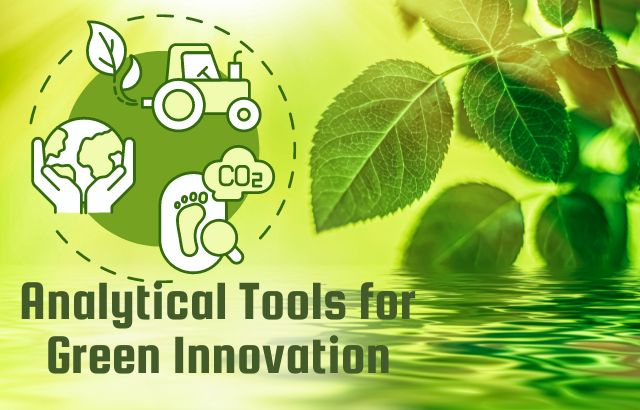Imagine a bustling farm, chickens clucking, cows mooing, and pigs happily snorting. These animals rely on a crucial element for their health and productivity: high-quality feed. But how can we ensure that the food they’re getting is safe, nutritious, and free of contaminants? That’s where the often-overlooked world of animal feed quality control comes in.
The Silent Guardian of Animal Health
While we might not think about it often, animal feed quality control plays a vital role in the food chain. It’s not just about keeping animals healthy; it’s also about safeguarding food safety for humans who consume animal products like meat, milk, and eggs. According to the Food and Agriculture Organization (FAO), contaminated feed can lead to significant economic losses for farmers and pose health risks to consumers.
The Stats Tell the Story
The numbers speak volumes about the importance of feed quality control:
- The global animal feed market is expected to reach a value of $526.7 billion by 2025, highlighting its immense size and significance. (Source: Expert Market Research)
- In the United States alone, the animal feed industry contributes over $1 trillion to the economy annually. (Source: American Feed Industry Association)
- Yet, contamination in animal feed can cause up to $10 billion in economic losses globally each year. (Source: FAO)
Beyond the Basics: Unveiling the Hidden Depths of Quality Control
Most blogs discuss the standard quality control measures like nutrient analysis and physical inspections. But there’s more to the story than meets the eye. Here are some lesser-known aspects of animal feed quality control:
- Microbiological testing: This ensures the absence of harmful bacteria, fungi, and other pathogens that can cause animal diseases and pose food safety risks.
- Mycotoxin detection: Mycotoxins are toxic compounds produced by molds that can contaminate feed and harm animals and humans. Advanced analytical techniques are used to identify and quantify these toxins.
- Heavy metal analysis: Trace amounts of heavy metals like lead and mercury can accumulate in feed ingredients and pose health risks. Stringent testing protocols are in place to ensure safe levels.
- Antibiotic residue monitoring: The overuse of antibiotics in animal production can lead to antibiotic resistance in bacteria, a significant public health concern. Residue testing helps to ensure responsible antibiotic use.
The Future of Feed Quality Control: Innovation and Technology
The future of animal feed quality control is brimming with exciting possibilities. Emerging technologies like near-infrared (NIR) spectroscopy and hyperspectral imaging offer rapid and non-destructive analysis of feed ingredients. Artificial intelligence (AI) is also being explored for automated anomaly detection and real-time quality monitoring.
Conclusion: A Shared Responsibility
Animal feed quality control is a complex yet crucial endeavor that safeguards animal health, food safety, and economic well-being. By understanding the different aspects of quality control and embracing innovative technologies, we can ensure a secure and sustainable food chain for generations to come. Remember, everyone plays a role in this collective effort, from farmers and feed producers to regulators and consumers. By working together, we can create a future where quality feed nourishes animals and protects our shared planet.
I hope this blog post has given you a deeper insight into the fascinating world of animal feed quality control. If you have any questions or comments, please feel free to share them below!












